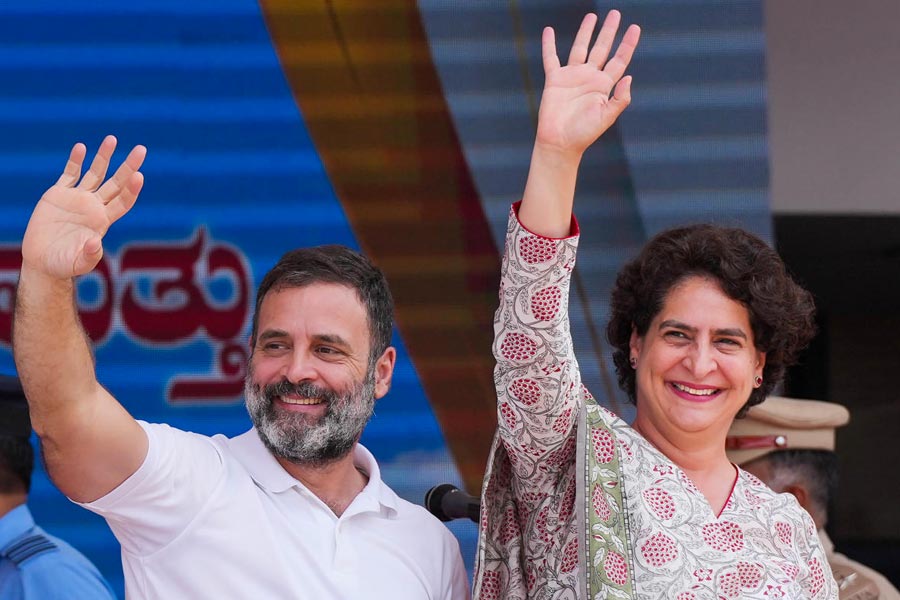India’s burgeoning population has, for long, been a thorn in the side of its progress. The recent findings of the National Family Health Survey-5, therefore, come as a breath of fresh air: it has revealed that India’s total fertility rate — the average number of children born to a woman — has fallen from 2.2 in 2015-16 to 2.0, with 2 being a ‘definite indicator’ of population stability in the long term. The overall sex ratio has also improved, registering more women than men. Clearly, decades of efforts put in by consecutive governments to educate the masses about population control have borne fruit. The fact that the contraceptive prevalence rate has increased and unmet needs of family planning have declined is also a testament to the success of extensive structural interventions, such as awareness campaigns, education and incentives. Hearteningly, Bengal has recorded a TFR of 1.6, much below the national average. Perhaps this could be attributed to grass-roots activism, especially in rural areas — experts have cited increased work participation and awareness among rural women. Apart from empowering women, there is also a case for exploring the correlation between TFR and poverty. States that have reported the highest TFR — Bihar, Uttar Pradesh, Jharkhand, for instance — also top the Niti Aayog’s multidimensional poverty index.
The numbers reveal that India responds, albeit slowly, to persuasive measures rather than coercive ones — since the 1990s, 12 states had introduced some version of the two-child policy, but without adequate evidence of efficacy. Yet, earlier this year, the governments of Bharatiya Janata Party-ruled Uttar Pradesh and Assam proposed population control bills. It is also telling that, more often than not, the bogey of ‘population explosion’ targets religious minorities. Clearly, the agenda is to deepen the communal divide — the BJP’s favoured electoral tool — in the garb of welfare. Why else would the Uttar Pradesh chief minister — Yogi Adityanath is up for re-election next year — continue to malign the Muslim population for resource scarcity in the state in spite of Hindus comprising nearly 80 per cent of its population? It is clear that policies and political rhetoric must be based on empirical figures obtained through scientific methods to put paid to the toxic theories spun by agenda-driven political parties.










